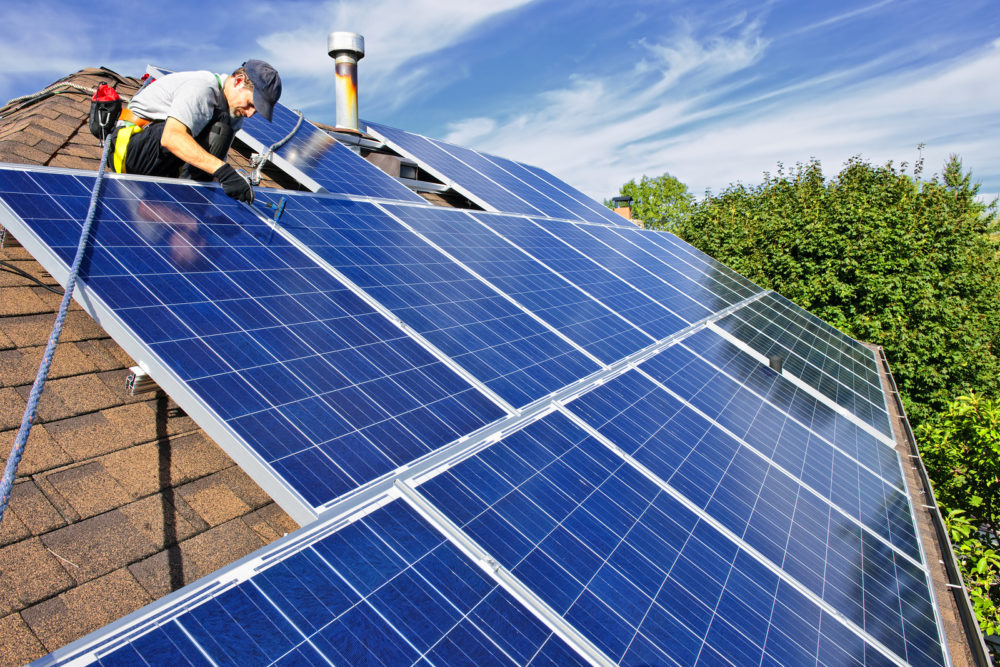A solar energy system installed properly and maintained starting in the mid-90s for the average household would have set a family back roughly over $60,000. Yes, that is a lot of money. However, back then, your utility provider paid half the bill, while federal, state and local governments pitched in in some states and cities as well. Was it worth it?
Lets do some basic arithmetic. So you end up paying $30,000 in out-of- pocket costs and your interconnection is $20 per month. Your neighbor spends roughly $300.00 per month on utilities. After 25 years of everything being equal, you end up paying $6,000 for interconnecting, $30,000 for the system, and let’s account for $10,000 in unforeseen maintenance and repairs, which is rare, for a total of $46,000. In contrast, your neighbor pays at least $90,000; that’s a difference of $44,000. That difference only accounts for the utilities not raising your rates for 25 years, which is unheard of, so the real savings could be closer to the $100,000 mark.
Well if money isn’t an object and you don’t mind paying the utilities, then consider reducing your carbon footprint, becoming innovative and joining the 21st century. Solar energy is the new hip thing, it’s rad to be green. You would also be contributing to the reduction of the greenhouse gases, which are wreaking havoc on the climate and causing a host of environmental issues.
Currently, in the solar energy industry the most important factors are the incentives. Namely, the federal tax credits, which offers a rebate of practically one-third of your total install costs; roughly 30 percent of each dollar. Though, this is not a deduction, it’s better. Then CPS energy comes in at $1.40/watt against your remaining balance, which is another third of your price tag off. However, this is for a limited time only. As you can see, solar energy makes a lot of “cents.”







Recent Comments